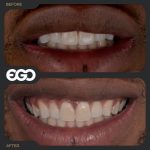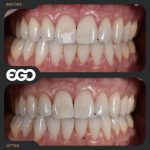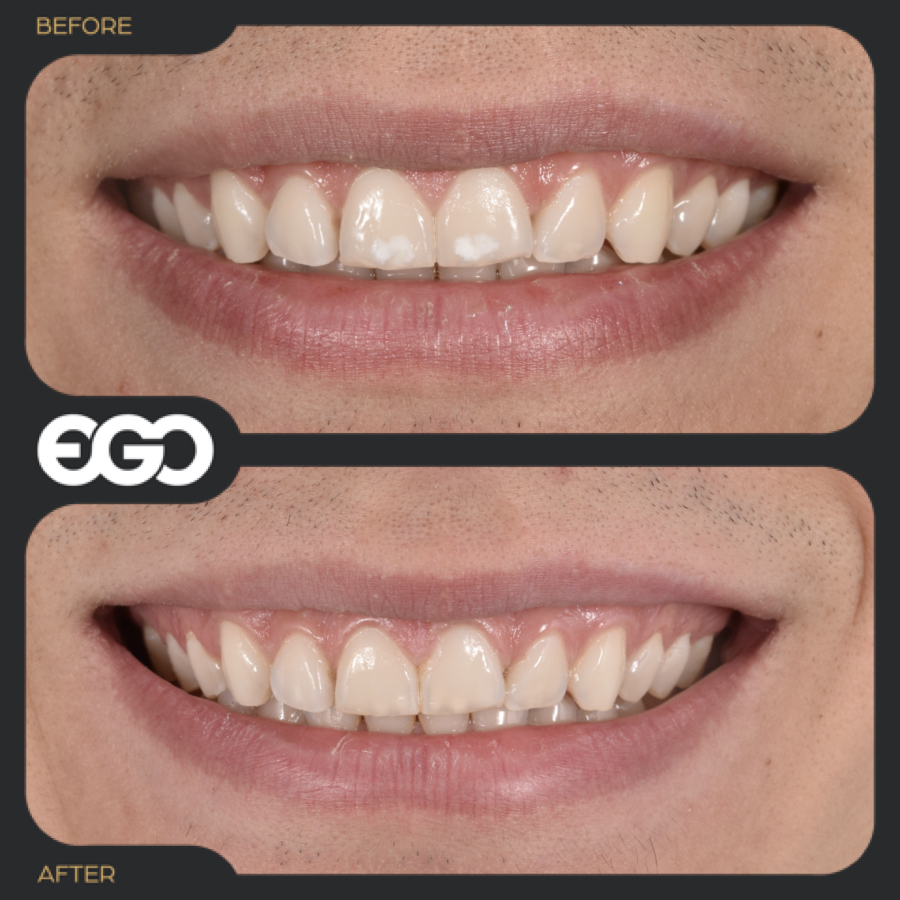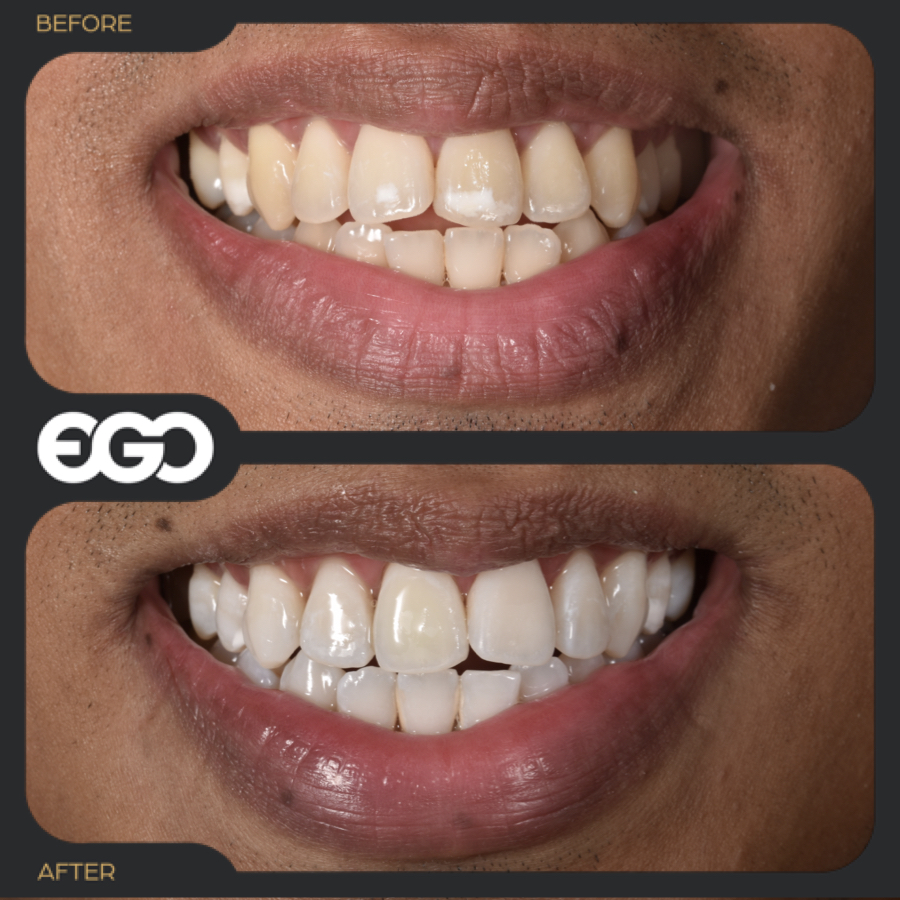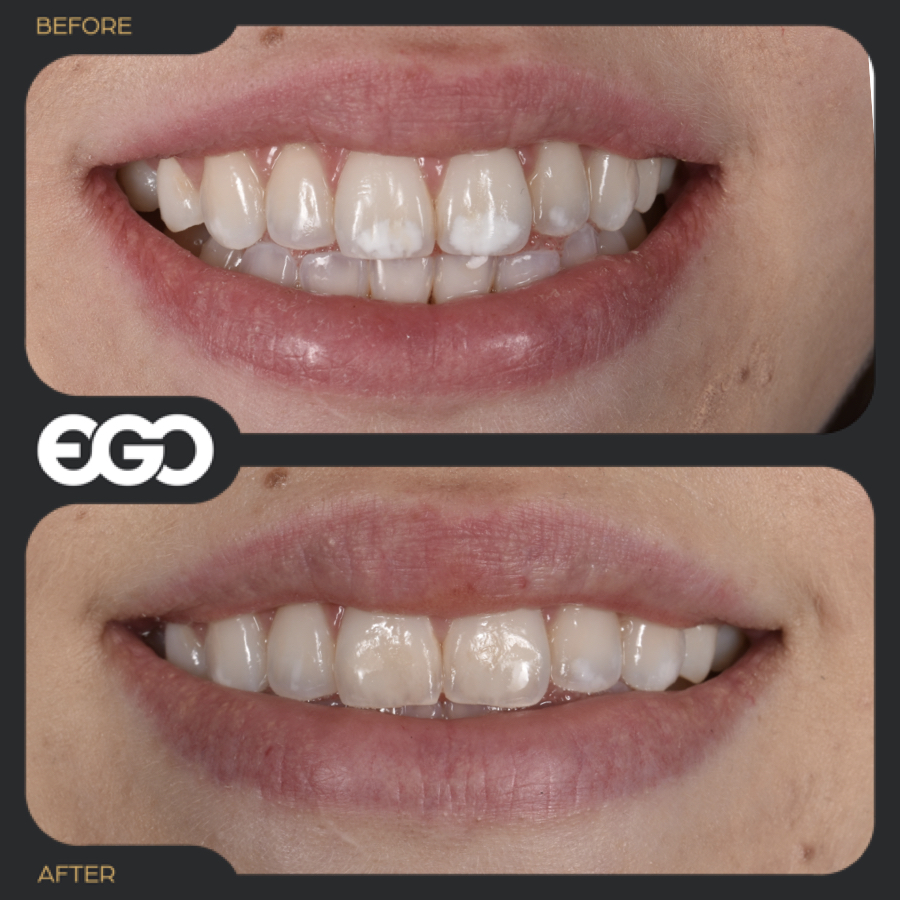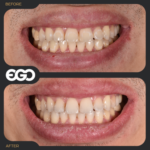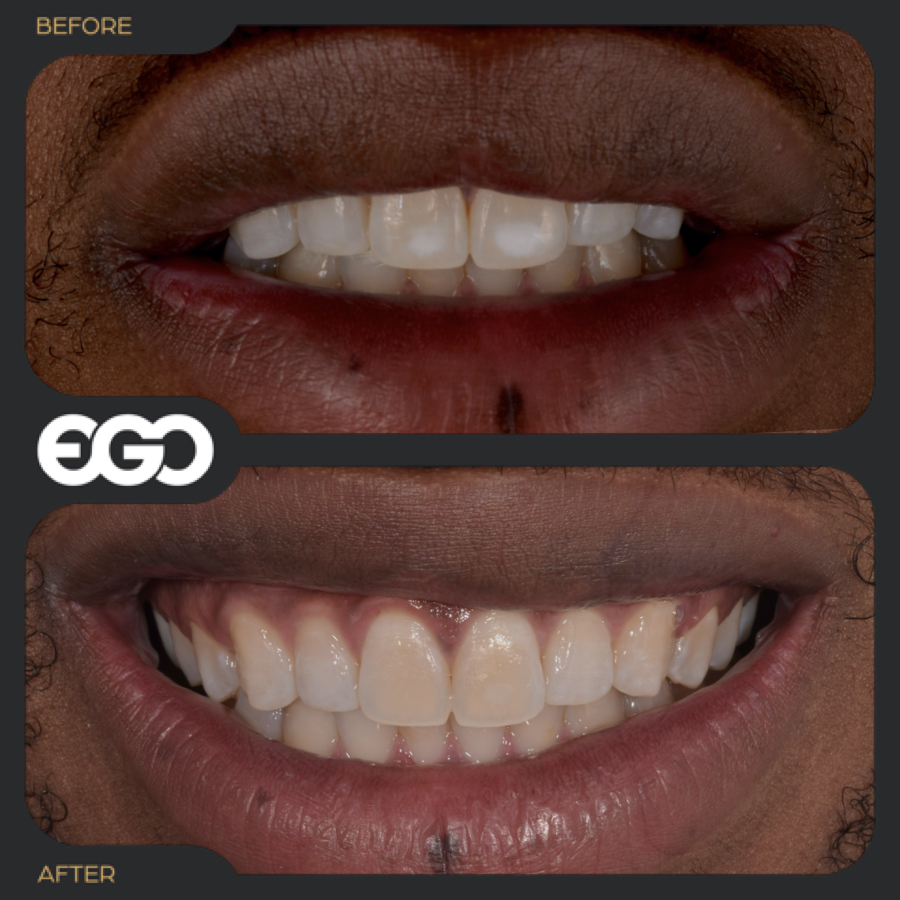Icon – Caries Infiltrant smooth surface
- Gentle method for counteracting cariogenic white spots – with an esthetic side effect
- No unnecessary loss of healthy hard tissue
- User-friendly and patient-friendly application process in only one sitting
Indications: One method – many possibilities
Vestibular treatment
Icon smooth surface is used to treat white spots in vestibular areas.
The principle is: Air and water entrapments in the tooth have a lower refractive index than intact tooth structure.
This leads to unesthetic discolorations. Icon balances out this difference and the appearance blends in with the healthy enamel.
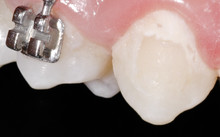
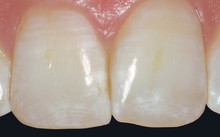
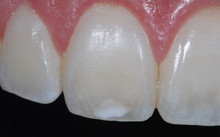
Step by Step
Vestibular treatment: Icon and white spots

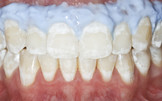
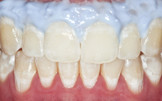
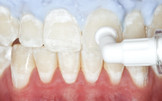
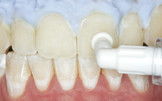
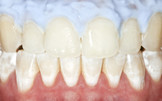
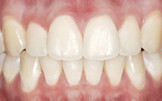
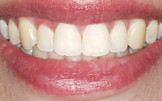
Procedure: ICON White Lesion Treatment
The ICON white lesion treatment is a minimally invasive procedure used to treat non-cavitated enamel lesions, often referred to as white spots, which typically appear on teeth due to early stages of tooth decay or demineralization. ICON stands for Infiltration of Carious Lesions, and the procedure involves the infiltration of a special resin into the affected area to improve the appearance and health of the enamel.
Why is this Procedure Done?
• Early-stage decay: White lesions are often the first sign of tooth decay and may indicate areas where enamel has begun to demineralize.
• Aesthetic improvement: White lesions can be cosmetically unappealing, and ICON can restore a more uniform tooth appearance.
• Prevent further damage: The treatment helps prevent the progression of the lesion into more significant decay by reinforcing the enamel.
• Minimally invasive: Unlike traditional fillings or crowns, ICON treatment does not require drilling or removal of healthy tooth structure, making it a more conservative option.
What to Expect During the Procedure?
1. Initial Evaluation: Your dentist will examine the affected area(s) to ensure ICON treatment is appropriate for your condition.
2. Preparation: The white lesion will be cleaned and isolated to prevent contamination. A mild acid solution will be applied to demineralize the area and prepare it for resin infiltration.
3. Resin Application: The special resin will be applied to the lesion and allowed to infiltrate the enamel. This will be done in layers to ensure deep penetration.
4. Light-Curing: After the resin is applied, a curing light will be used to harden the material, effectively sealing the lesion.
5. Polishing: The treated area will be polished for a smooth finish and to restore the natural shine of the tooth.
What Are the Steps Involved in the Treatment?
1. Consultation and Diagnosis: Assessment of the lesion and determination of suitability for ICON.
2. Preparation of the Tooth: Cleaning, isolation, and application of an acid solution to prepare the enamel.
3. Application of Resin: Application of the infiltration resin into the lesion in multiple layers.
4. Curing: Each layer of resin will be hardened using a special light.
5. Final Polishing: The treated area will be polished to blend seamlessly with surrounding tooth enamel.
What Are the Long-Term Success and Benefits?
• Cosmetic improvement: ICON treatment provides a long-lasting aesthetic result, significantly reducing or eliminating the appearance of white lesions.
• Strengthened enamel: The resin infiltrates the lesion and helps restore mineral content to the enamel, reducing the risk of future decay.
• No drilling or removal of tooth structure: The procedure preserves the natural tooth structure and is minimally invasive, making it a great option for patients seeking a conservative approach to dental treatment.
• High success rate: Studies show that ICON treatment has a success rate of 80-90% in terms of both aesthetic improvement and prevention of lesion progression over the long term.
What Are the Risks of the Procedure?
While ICON treatment is generally safe and minimally invasive, there are some risks and potential side effects to consider, including:
• Sensitivity: Some patients may experience temporary sensitivity in the treated area, particularly to hot or cold.
• Resin failure: In some cases, the resin may not fully infiltrate the lesion, leading to less effective treatment. Rarely, the resin can break down over time.
• Discomfort: Mild discomfort during or after the procedure is possible, though this is usually short-lived.
• Allergic reactions: Rarely, patients may have an allergic reaction to the resin materials used during treatment.
Post-Treatment Care and Advice
• Avoid staining substances: For the first 24-48 hours after the procedure, avoid coffee, tea, red wine, and smoking to prevent staining the treated area.
• Good oral hygiene: Brush and floss your teeth as usual, but avoid using abrasive toothpaste on the treated area.
• Sensitivity management: If you experience sensitivity, use toothpaste for sensitive teeth, and avoid extremely hot or cold foods and drinks.
• Follow-up: It’s recommended to have a follow-up visit within 6-12 months to evaluate the treatment’s success and ensure the lesion has not progressed.
Price: FROM £385
